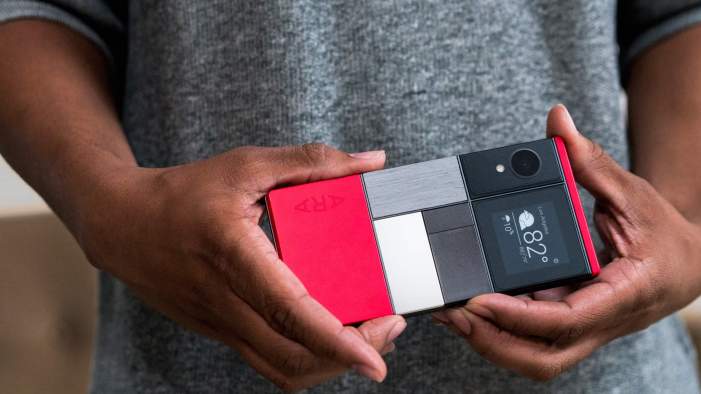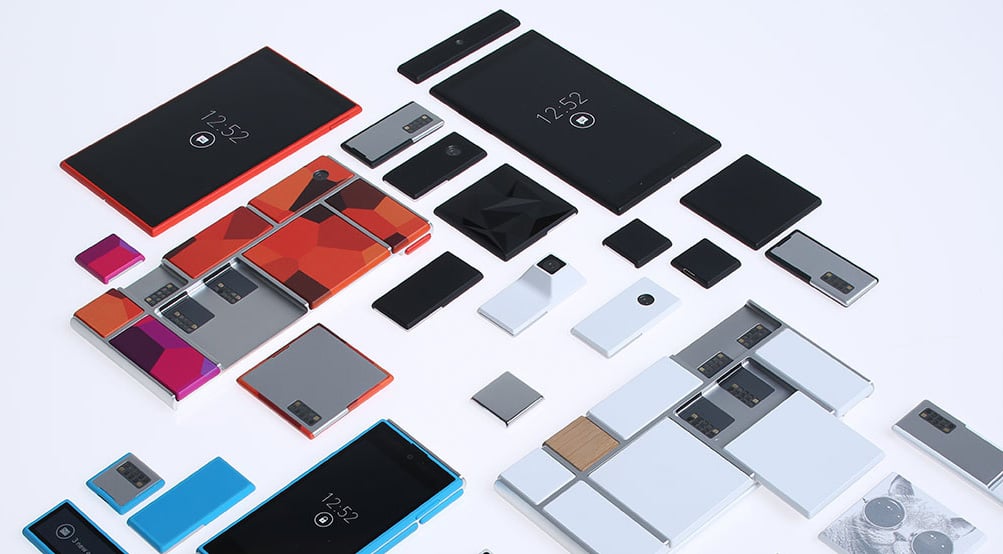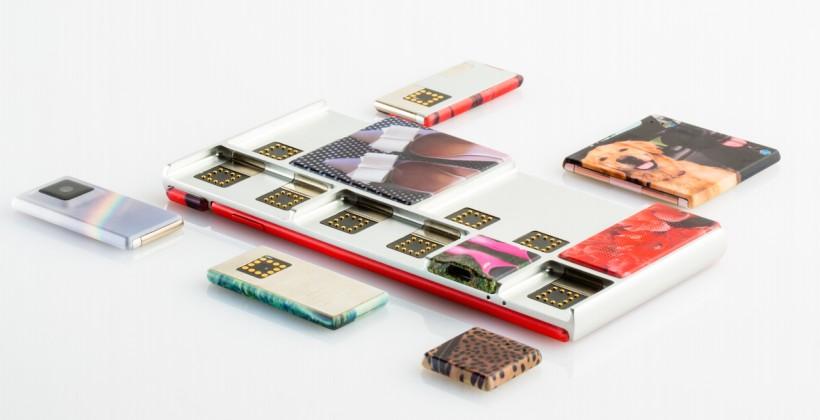TECH

How Google’s Modular Smartphone Dream Was Killed
In just a couple of months, we’ll enter the year 2020. For some reason, 2020 has always been a significant benchmark for a lot of people, including tech enthusiasts. If you try to recall what you imagined 2020 to be, around 10 years back, I’m sure it would involve a lot of fancy things like flying cars, widescale commercial electric vehicles, the cure for cancer and whatnot.
But the past few years have more or less been about a bunch of trending apps and fancy software features. As for phones, I personally would have imagined most of us to have a foldable smartphone by now. After all, Samsung demoed its first flexible ‘Youm’ display 6 years back! And what about modular phones? That could have been the future of smartphones, right?
The fanciest smartphone that we have today is the Galaxy Fold which isn’t exactly durable. But the Fold could have had an even fancier competitor today – a modular smartphone – if only Google had managed to bring Project Ara to life.
Before we take a look at what happened to Project Ara, let’s first see why it’s worth remembering?
1.Project Ara was not a fancy idea from a startup. It came from Google, one of the world’s most resourceful tech companies.
2.Project Ara would have enabled smartphone users to upgrade their smartphones just by replacing a module. Imagine adding 5G to your phone by replacing the 4G module! No need to spend hundreds of dollars buying a new model.
3.Project Ara smartphone would have facilitated extremely easy repairs. It would have been as simple as sliding out a component like a display and replacing it with a brand new module.
4.A modular smartphone would have also helped reduce the growing e-waste problem.
5.Also, imagine the countless fancy modules that would have been available for our smartphones. Right from a projector module to one with a microscope, a regular smartphone could have been a lot more distinctive than what it is today.

So what happened to Project Ara?
Project Ara was probably too good to be true.
Google’s first real interest in a modular smartphone was revealed back in 2011 after it made a special purchase. The search engine giant acquired a bunch of patents from the struggling Israeli modular phone company, Modu, for $4.9 million. We knew something was in the cards back then but the first real announcement from the company came in October 2013, more than two years after this purchase.
Google officially revealed the Project Ara on October 29, 2013, further adding that it was working with Phonebloks to develop a modular smartphone. This was a really big deal back then, mainly because it was Google behind the project and modular smartphone as a concept was still in its nascent stages. After all, with Google on board, a modular smartphone concept didn’t look far fetched.
Things started moving quickly after this announcement. Next year, at Google I/O 2014, Google nearly showed off the first working modular smartphone prototype dubbed ‘Spiral 1’. In fact, we can actually see the phone booting up Android and working in a subsequent video shared by the Project Ara team.
The Spiral 2 prototype was revealed by the company in January 2015. The phone came with eleven different prototype modules that would act as a reference design for third party manufacturers. The Spiral 2 had Wi-Fi, 3G, Bluetooth, and other basic smartphone modules. The best part of the prototype was that the modules were hot-swappable, which means you could replace a module while the phone was in use.
Things looked really promising at this point. In fact, Google also revealed that it would test out a better version of this prototype in Puerto Rico later in 2015.
But in August 2015, Google suddenly announced that it had suspended its plan to test the phone in Puerto Rico indefinitely. But it wasn’t all bad since Google revealed that it would test these prototypes in a few locations in the U.S. in 2016.
Then in May 2016, at Google I/O came some good news. The company announced the first ‘Developer Edition’ of Project Ara and promised to ship them by the end of the year. Notably, these ‘Developer Editions’ were very different than the initial prototypes shown off by the company.
This edition came with a few fixed components like the antenna, battery, display, sensors, and system-on-chip, with an option to swap or add in modules such as a secondary display or a speaker. The design was a lot more limiting than what was conceptualized initially, but it was at least a working model. Google also announced that it was looking forward to the consumer launch of this model in 2017.
However, all of a sudden, in September 2016, Google officially announced that Project Ara was dead or rather suspended.
Why Was Project Ara Killed?
Well, killing off Project Ara was probably a result of the insurmountable challenges that the team had to face along with leadership changes and Google’s change in policy towards experimental ventures.
As I mentioned before, the Project Ara concept was simply too hard to implement back in 2016. It was probably way ahead of its time. And with smartphones becoming slimmer, lighter, and smarter, it would have taken years for the prototypes to be good enough to compete with the existing smartphones of 2016.

Do you remember what happened to modular phones like the LG G5 or the Moto Z3 Play? Did they get the reception they deserved? I mean these phones offered something experimental to its users (they weren’t perfect though) and the reception it received wasn’t exactly phenomenal. Heck, it wasn’t even close to what a Nexus or a Samsung flagship got back in its time.
While I agree Google could have better implemented the modular concept than these companies, the lack of enthusiasm for third party modules revealed that people were not ready for a modular phone yet.
For those who are looking for more information about what went wrong with the project, do read this wonderful piece by VentureBeat’s Harrison Webber on the rise and fall of the Project ARA.
Google probably made a HUGE mistake by promising deadlines too early. They should have worked on the project at their own pace and should have revealed more details about the project only when they had something close to commercial launch.
Making something revolutionary requires years of research, development, and testing. But even more than that, it requires companies to be persistent. Google could have brought a modular phone to life by now, but it would have had to pump in a lot more money as well as time for that to have happened.
As of today, Project Ara is dead. But maybe someday, either Google or some other company will bring this revolutionary idea to life.
So do you think modular smartphones have a future?
By Joel Joseph

No comments:
Post a Comment